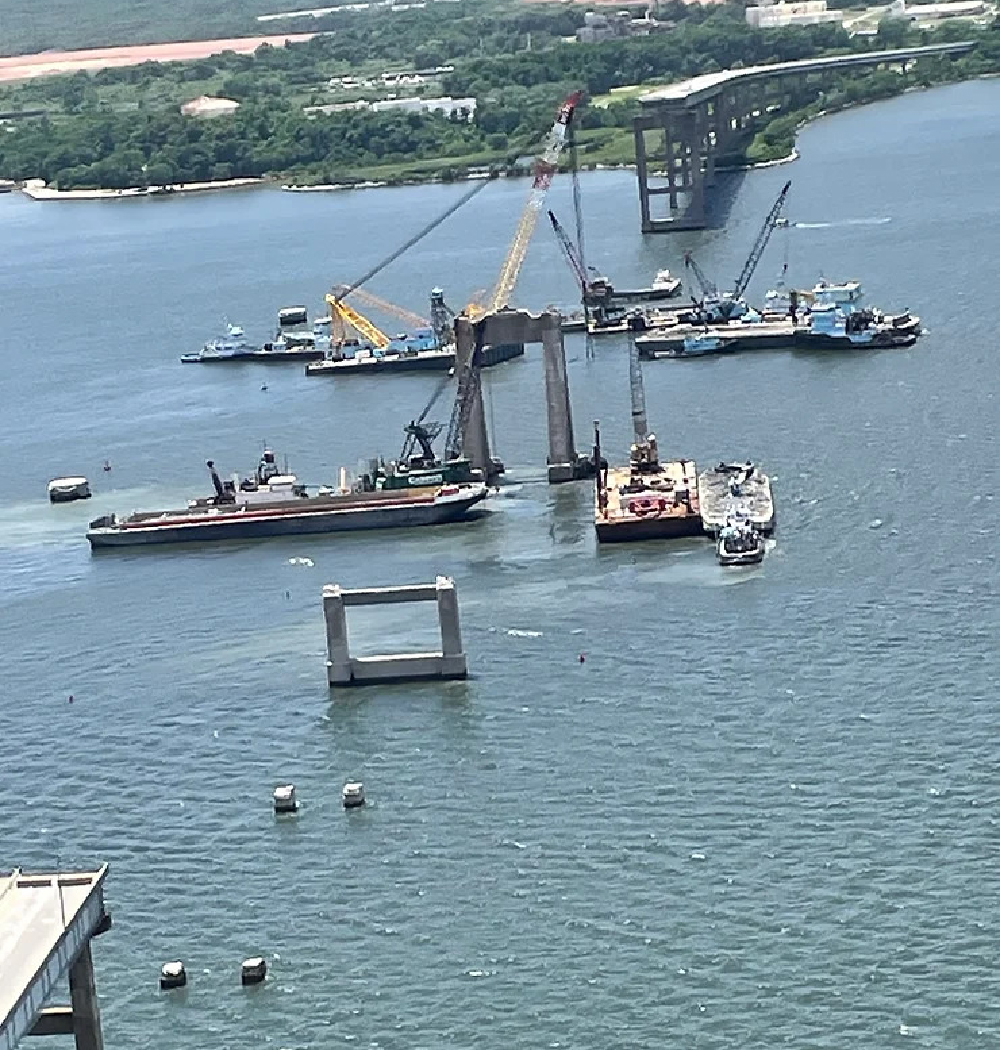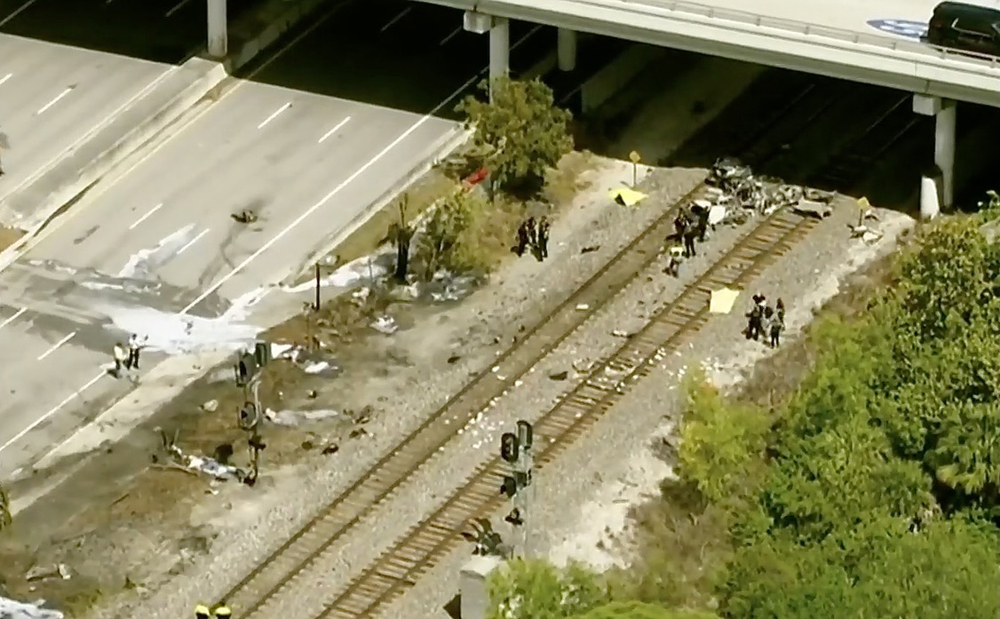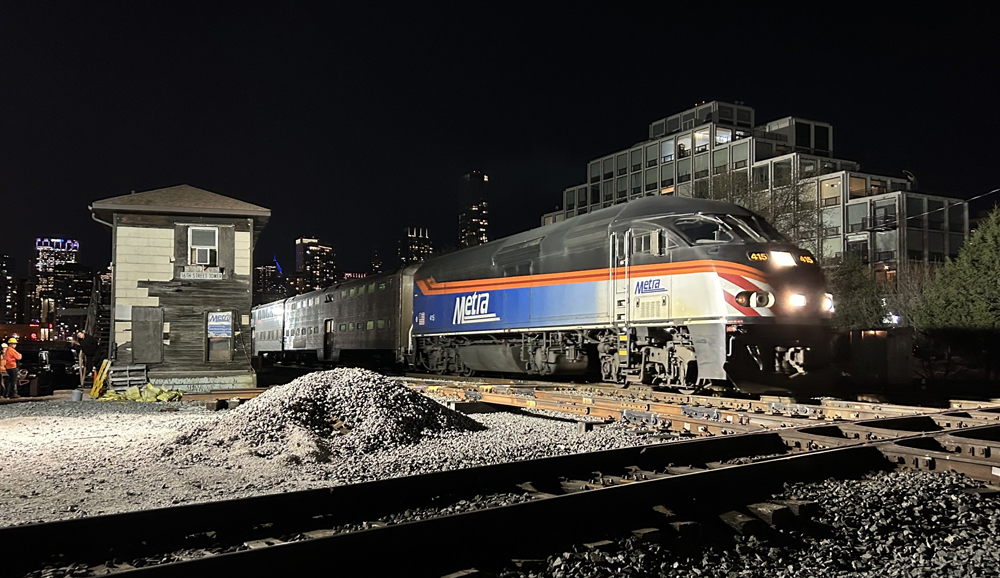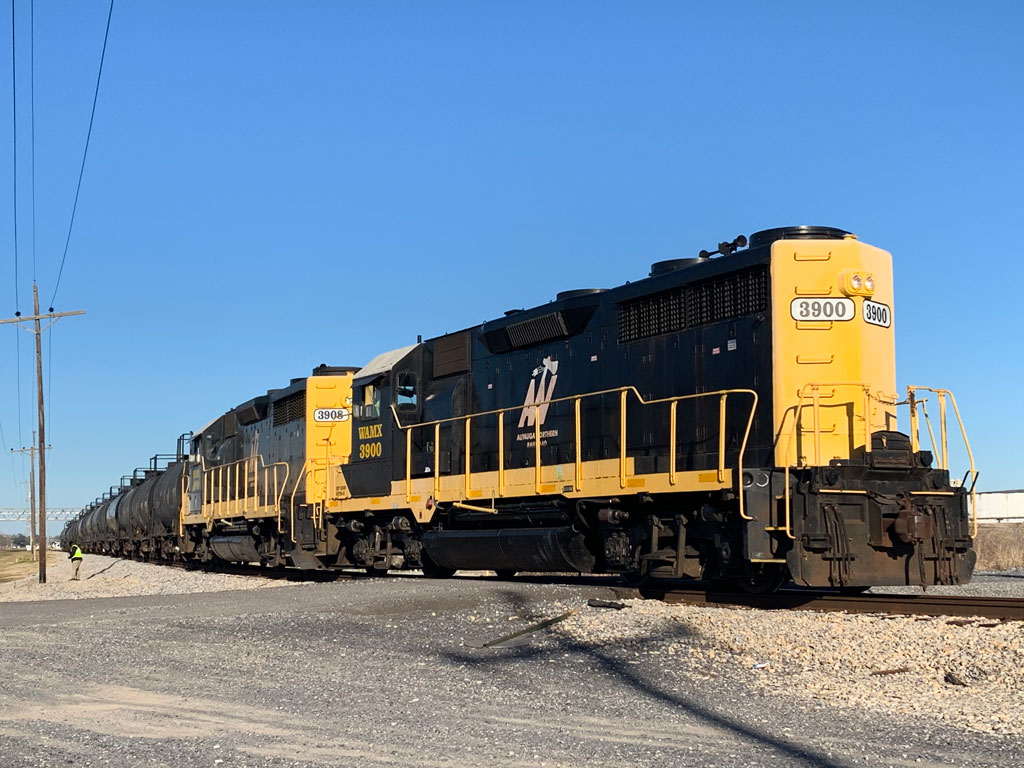
BALTIMORE — The Port of Baltimore’s main shipping channel reopened Monday. The channel had been blocked after the Francis Scott Key Bridge collapsed into the Patapsco River, when it was struck by the container ship Dali on March 26. The reopened shipping lane will allow Norfolk Southern and CSX to resume normal intermodal operations through the port [See “Baltimore bridge tragedy to effect rail traffic … ,” News Wire, March 26, 2024].
The Fort McHenry Channel has been restored to its original 50-foot depth, 700-foot horizontal clearance, with a 214-foot vertical clearance for Baltimore Gas & Electric power lines, says U.S. Coast Guard. Deep draft vessels still require a Maryland state pilot and an escort tug. The temporary alternate channels, says the Coast Guard, will remain open until around June 30.
Six road workers, who were on the bridge at the time of its collapse, died. The port has been closed due to the massive cleanup effort.
“We’ve cleared the Fort McHenry Federal Channel for safe transit,” says Col. Estee Pinchasin, Baltimore District Commander, U.S. Army Corp of Engineers, in a statement. “Although the overarching goal to restore full operational capacity to the Federal Channel was successful, each day we thought of those who lost their lives, their families and the workers impacted by this tragic event.”
The massive cleanup response included: More than 2,000 people and subject matter experts, nearly 25 tugboats, 13 floating cranes, and 10 excavators.
During the shutdown, Norfolk Southern provided a dedicated intermodal service between the Port of New York and New Jersey’s Elizabeth Marine Terminal and Baltimore’s Seagirt Marine Terminal. NS also provided service to move cargo diverted from Baltimore to Virginia’s Lamberts Point.
In May, CSX was able to reopen its Curtis Bay coal pier in Baltimore Harbor. The pier is one of CSX’s largest coal export facilities [See “Coal exports resuming through port of Baltimore,” News Wire, May 22, 2024].














First off, they keep calling it a bridge collapse. Bridges just don’t collapse unless their is a structural defect, design flaw or lack of maintenance. This bridge fell because it was MOWED DOWN by a container ship.
Second, how many ten’s of millions of dollars did it cost to remove the debris from the channel. Ultimately us the tax payer will pay.
How much will the new bridge cost to rebuild. Estimates run from 2-5 billion dollars, probably cost more. Again, who will foot the this bill (US the tax payer).
Ship owners have already gone to court to try to limit their liability. Ultimately they will pay only a few pennies on the dollar for this fiasco and US the tax payers will foot the vast majority of this cost.
In this case, since it was an unforeseen tragic incident, I would support the Federal government supplanting the cost of bridge replacement, after the ship owner’s insurance company pays up, and the state contributes. It’s going to need a clear-span suspension bridge, which isn’t cheap.